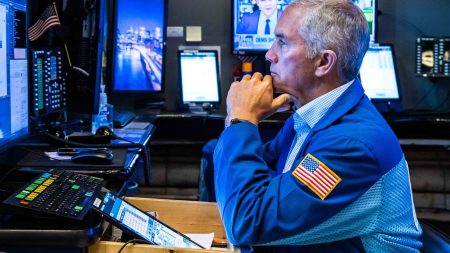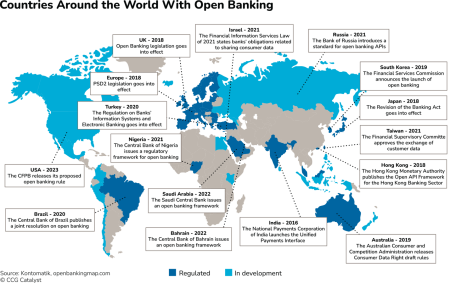Inflation has made a comeback in the news after a persistent decline, with prices rising 3.5% higher in March 2024 than the previous year. However, this rise in inflation is not being driven by demand, as traditional economic theories suggest. Despite strong hiring and low unemployment rates, wage growth has slowed, and inflation has not accelerated as expected. This disconnect between strong demand and slowing inflation suggests that other factors are at play in driving price increases.
Recent data for March 2024 shows that prices for food at home and rental inflation have not accelerated as expected, despite an increase in consumer income. Food prices have only increased by 1.2% over the past year, and rental prices have not shown a sustained acceleration in new rents. This lack of price acceleration in sectors where demand would typically drive inflation higher indicates that other factors, such as pricing power of companies, are influencing prices.
Supply side disruptions, such as higher motor fuel prices due to global market forces and health care price increases driven by less competition, are pushing prices higher in certain areas. Motor fuel prices rose by 6.3% over the past year, while medical services saw a substantial jump in March 2024. These price increases are not due to increased demand but rather disruptions in the supply chain and pricing power of companies.
Factors such as climate change-related events, market concentration, and supply shortages are contributing to the recent bump in inflation. This calls for a focus on supply side solutions, such as addressing climate change, enforcing antitrust laws, increasing affordable housing options, and investing in renewable energy sources. By tackling these supply side issues, it may be possible to mitigate inflationary pressures and ensure a more stable and sustainable economic environment.
It is clear that inflation is not solely being driven by demand, as traditional economic theories suggest. The recent data for March 2024 highlights that price increases in essential goods and services are not aligning with increased consumer demand. Instead, supply side disruptions and market power of companies are influencing prices in various sectors, such as motor fuel and medical services.
In order to address inflationary pressures, a focus on supply side solutions will be necessary. This includes actions to combat climate change, enforce antitrust laws, increase the supply of affordable housing, and invest in renewable energy sources. By addressing these underlying issues, it may be possible to stabilize prices and promote a more sustainable economic environment that benefits both consumers and businesses.
















